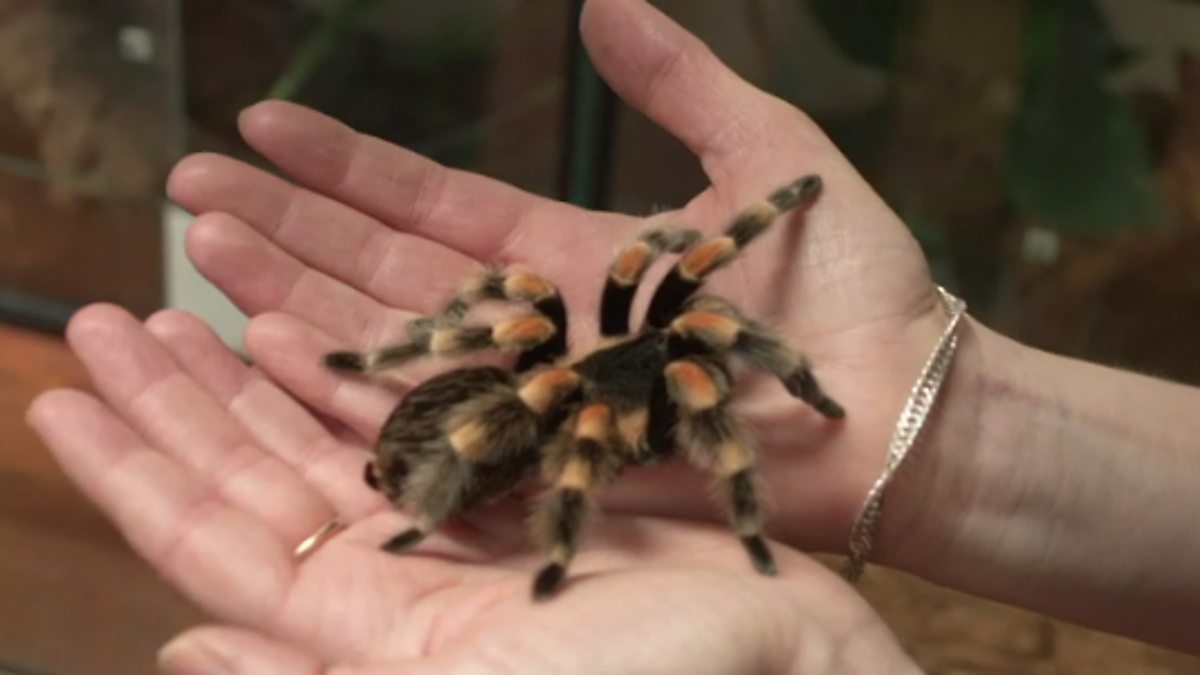
Natural selection is a fundamental process driving evolution, characterized by specific mechanisms that result in population adaptation over time. These mechanisms include variation, differential reproduction, heredity, and environmental interaction. Each of these components plays a crucial role in shaping the dynamics of natural selection within biological populations.
Variation and Its Role

One of the primary mechanisms behind natural selection is variation among individuals within a population. Variations can manifest as differences in physical characteristics, behaviors, and physiological responses. These variations often arise from random mutations in an organism's genetic material, which can lead to new traits appearing in a population. For example, members of any species might differ in size, coloration, or the ability to resist diseases, all driven by random genetic changes[3][8].
As Charles Darwin noted, 'The many slight differences which appear in the offsprings of the same parents may be called individual differences,' emphasizing how these variations are critical for natural selection to occur[5]. If no variation exists, then there can be no selection, as there would be nothing for the environment to act upon.
Differential Reproduction

Natural selection operates on the principle of differential reproduction, which states that individuals with advantageous traits are more likely to survive and reproduce. This process means that those individuals best suited to their environment will leave more offspring than those with less advantageous traits[2][3]. For instance, in the case of the evolution of the peppered moth, the color variation allowed certain moths to blend in with their surroundings better than others, thereby reducing predation and increasing their chances of survival and reproduction[9].
Over generations, this leads to a greater proportion of these advantageous traits in the population, as 'organisms that are better adapted to an environment will survive and reproduce,' effectively spreading beneficial alleles in their offspring[8][9].
Heredity and Genetic Transmission

Heredity is the mechanism by which advantageous traits are passed from parents to offspring. When organisms reproduce, they pass on their DNA, which contains the genetic instructions for various traits[3][4]. This transmission of characteristics ensures that beneficial adaptations become more common in successive generations. Over time, the cumulative effect of natural selection can lead to significant changes in populations, as seen in adaptations suited to particular environmental conditions[6][8].
Darwin’s insights into heredity, combined with modern genetics, have clarified that mutations create new genetic variants, and the subsequent selection of these variants shapes the genetic makeup of future generations[4].
Environmental Interaction
Natural selection does not occur in isolation; it is intimately connected to the environment in which organisms live. The environment presents various challenges, including predation, competition for resources, and changes in climate or habitat. For example, when giraffes evolved longer necks, it was primarily because this trait allowed them to access food that other herbivores could not, thereby giving them a competitive advantage[2].
Furthermore, environmental pressures can shift over time, leading to changes in which traits are favorable. For instance, industrial pollution altered the primary coloring of tree bark, allowing darker-colored peppered moths to thrive due to better camouflage[7]. This interaction highlights how natural selection operates in response to environmental conditions, leading to changes in the population's traits.
Consequences of Natural Selection
The long-term effects of natural selection can include speciation, where new species emerge from common ancestors due to sustained genetic divergence driven by selection pressures[8][10]. This can arise when populations become isolated and adapt to different environments, ultimately resulting in distinct species with unique adaptations tailored to their niches.
Additionally, natural selection can explain phenomena like antibiotic resistance in bacteria, where the selective pressure from antibiotic use leads to a rapid evolutionary change in bacterial populations, favoring those with mutations that confer resistance[4][5].
Conclusion
Natural selection is a complex yet elegant mechanism consisting of the interplay between variation, reproduction, heredity, and environmental interaction. It explains how species adapt and evolve over time, leading to the rich tapestry of life we observe today. Through these processes, natural selection shapes the survival and reproductive success of organisms, fostering biodiversity and driving the evolution of new species. Understanding these mechanisms helps clarify the overall framework of evolutionary theory as first articulated by Darwin and advanced by modern science.
Get more accurate answers with Super Pandi, upload files, personalized discovery feed, save searches and contribute to the PandiPedia.
Let's look at alternatives:
- Modify the query.
- Start a new thread.
- Remove sources (if manually added).